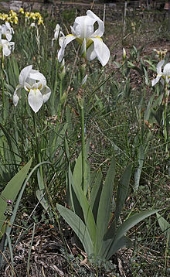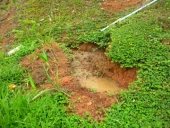



Gary Lee wrote:Here's one I built two years ago to irrigate garden and a few small fruit trees. Algae is starting to build up on the inside of the tanks so I do need to clear that and paint the tanks. Basically I catch rain off 1/2 front slope of the roof and 1/2 back slope of the roof. Runoff goes into two rain barrels, drains into a 4" pipe buried underground, goes to a small pump sump and is then pumped behind the workshop into a 4-tank IBC setup. The rain barrels are just buffers so that, if a hard rain dumps more water than the sump pump can handle, it temporarily fills the barrels instead of overflowing onto the ground.
The four tanks hold a total of 1100 gallons and I capture 600 gallons for each inch of rainfall. So two inches will fill the tanks from bone dry. The four tanks are daisy chained together with 1-1/2 pvc, which allows them to fill equally. The pipes have to be drained in the winter or a freeze will crack them.
Debris is filtered from the pipes by dropping them through a kitchen strainer and a paint strainer, before entering the tanks, and the irrigation pump pushes water through a 50-micron filter so that no debris will clog the drip tubes and emitters that water the plants. Been working great for two grow seasons. I plan to add at least two more tanks this year because there were a couple of times last year that I ran them dry and had to irrigate from our well water. If you use a pump instead of gravity-feed the irrigation, you have to add a check valve on the inlet side of the pump, otherwise the pump will create back pressure and blow bubbles in the tanks or blow out a pipe. Found that out the hard way.





 ?
?